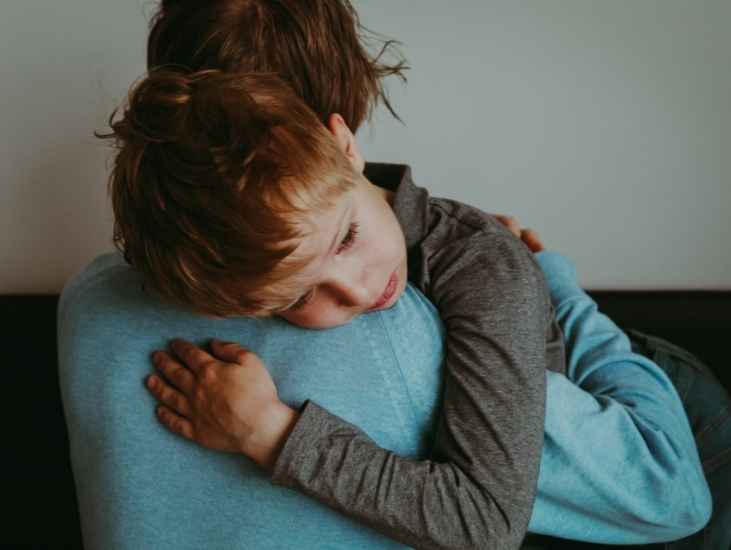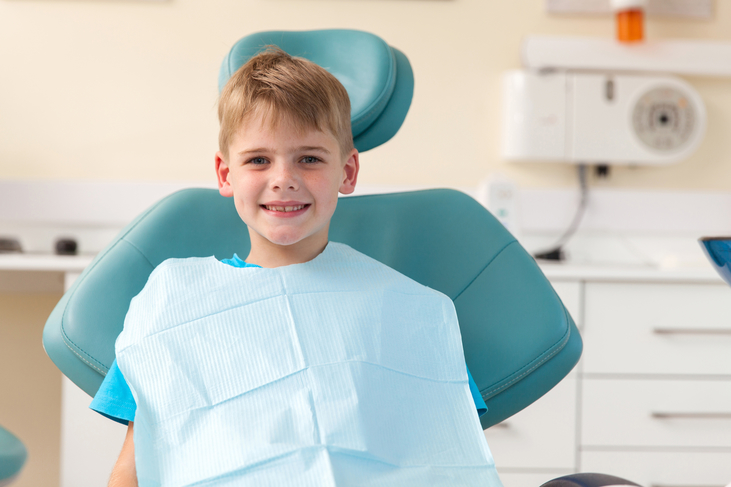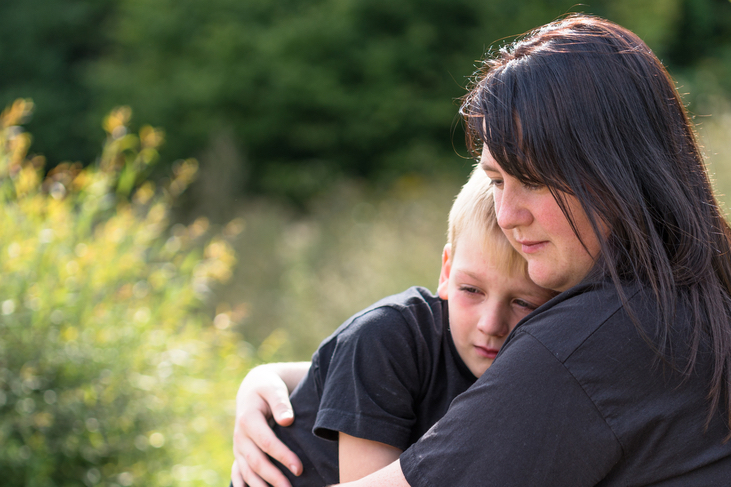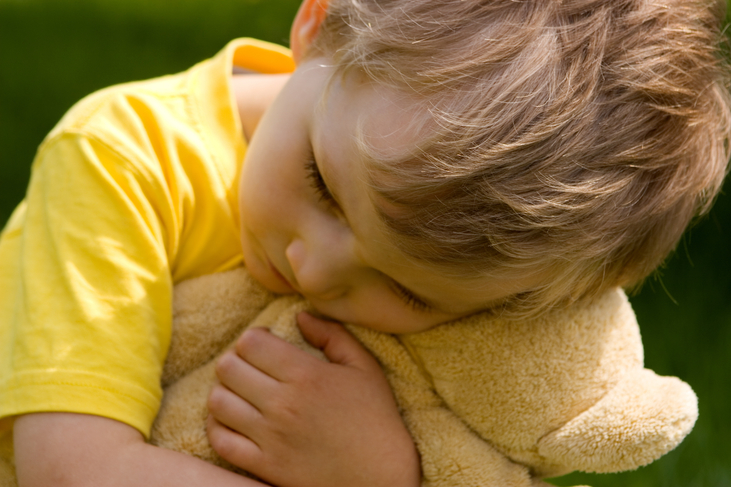What is the difference between child protection training and safeguarding training?

Child protection training or safeguarding training? Aren’t the two the same? Well, yes…and no. The answer’s a little more complicated than that. Fortunately, if you want to know the difference between child protection and safeguarding, we’ve got you covered.
What is safeguarding training?
As one of the leading providers of online safeguarding training in the United Kingdom, we know how confusing it can be to tell the difference between safeguarding training and child protection training and which you need.
The simple answer is, in most professions, you need both—but that’s no problem because verifiable safeguarding training courses such as the courses we deliver here at the Child Protection Company usually include both safeguarding and child protection training.
Safeguarding is what we do as a society to protect individuals (in particular, children and vulnerable adults) from harm such as abuse, neglect, and sexual exploitation. Safeguarding ensures children grow up with the best life chances and that all individuals are given safe and effective care.
Child protection is very similar—however, child protection is what we do as a society to protect children who have already experienced abuse, neglect, sexual exploitation, or have otherwise been harmed.
In short terms, safeguarding is what we do to prevent harm, while child protection is the way in which we respond to harm.
A good verifiable safeguarding training course will include modules on both child protection and safeguarding to ensure that you are getting a well-rounded overview of each subject since both are of equal importance.
Safeguarding training (which can sometimes also be referred to as child protection training) has been a legal requirement for professionals and volunteers who come into close contact with children and vulnerable adults at work for many years.

Let’s think about a case study…
Our online safeguarding training courses are full of real-life case studies and scenarios relevant to your work environment, so to help make sense of the difference between child protection and safeguarding, let’s take a look at one here.
(Please note: This is a fictional case study and the names included throughout do not represent any real persons.)
Case study:
Gill works as a receptionist in a small dental practice and the next patient is seven-year-old Joe, who has been brought in for a check-up by his mother Jenny. When Joe takes his hat off in the waiting room, Gill notices that he has a nasty cut on his forehead, and when Gill asks him how he got it, Joe goes unusually quiet. Jenny is visibly uncomfortable as she makes a rushed excuse, “Boys will be boys,” before forcing Joe to put his woolly hat back on even though he complains it is too warm inside.
Gill is understandably concerned for Joe’s well-being because of the nasty wound and their strange behaviour, so she raises her concerns with the dentist at the end of the day. The dentist agrees that something doesn’t seem quite right, so they direct Gill to follow the standard safeguarding procedures and make a record of the incident.

In this case, the behaviour is suspicious and the cut on Joe’s head is a cause for concern, but this is an isolated incident (it has not happened before) and there is the chance that Joe’s wound might be an accidental injury.
However, Gill and the dentist don’t want to ignore the incident because they have taken safeguarding training and know that today’s events might come in useful as evidence in any future investigation. Following the dental practice’s safeguarding policy, Gill needs to make a report including the date, the names of everyone involved, and an exact account of what happened.
By doing this, Gill will be taking responsibility for safeguarding Joe.
A few months later, Joe arrives for another dental appointment, and Gill notices that he is uncharacteristically quiet for the whole time he is in the waiting room. Jenny is preoccupied on a phone call for most of the time they are at the surgery, and from what Gill can hear when Jenny takes the call outside, it sounds like she is having an argument with someone.
At the end of the appointment, Gill notices dark bruising on both of Joe’s forearms when he is putting his jacket on, and Jenny acts quite aggressively towards him for taking too long in his appointment even though this is not his fault. When Gill tries to ask if everything is okay, Jenny snaps at her to, “Mind your own business,” before leaving in a rush.
Now, we have reason to believe something isn’t quite right at home. Gill has seen two incidents where Joe has wounds in common sites for non-accidental injury (you can learn more about non-accidental injuries in our bestselling online safeguarding training courses), and Jenny’s behaviour indicates that there may be problems ongoing at home that are affecting her mood.
Following the guidance of the dental practice’s Safeguarding Lead, Gill should now make a referral to the appropriate agency (i.e. the police, social services, or local authority) so that further investigation can be made into Joe’s wellbeing.
Though Gill’s referral will still be an act of safeguarding, if the partner agencies find that Joe is experiencing abuse, the steps that they will take to protect him from harm from this point onwards are considered an act of child protection.

Do I need to take safeguarding training and child protection training?
You need to know the basics of both child protection and safeguarding training if you work with or around children in the United Kingdom. Most verifiable safeguarding courses such as our bestselling Safeguarding Children give an overview of both topics.
Click here now to view our range of online child protection and safeguarding training courses.
Want to learn more about child protection and safeguarding training?
For more information or to arrange training for your team, please give our friendly customer support team a call on 01327 552030 or email us at hello@smarthorizons.co.uk. Alternatively, you can use the live chat feature on this website to chat to us during office hours.
Our office is open from 9am to 5.30pm, Monday to Friday.
